1 of 52
Downloaded 42 times
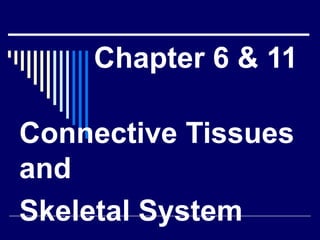

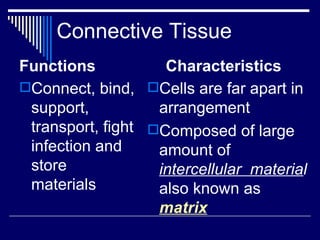
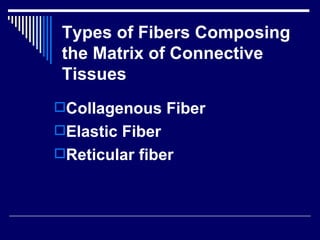
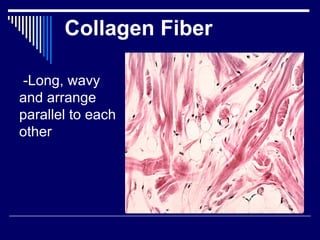
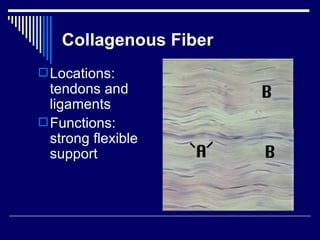
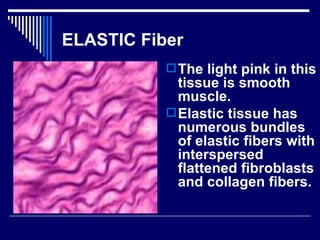
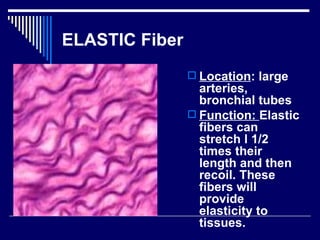
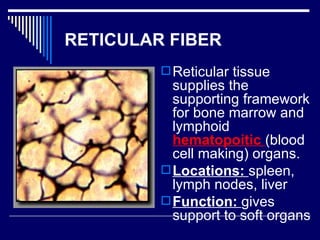




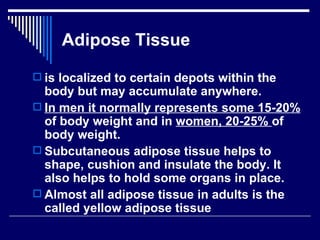
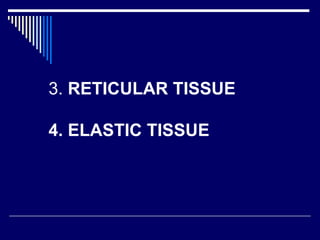

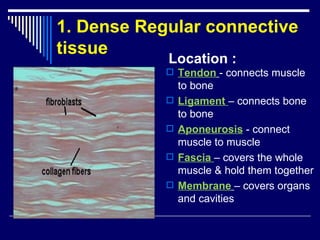
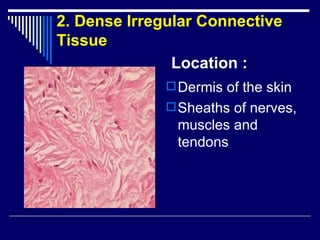
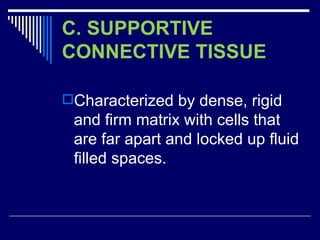
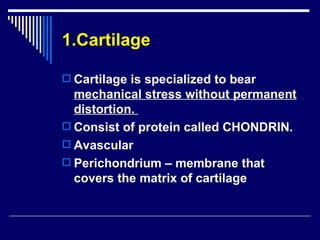

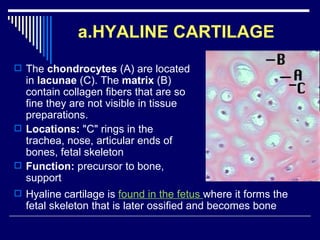
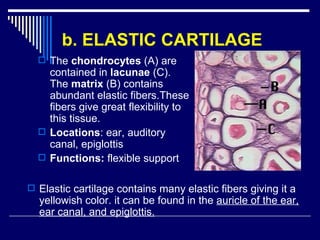
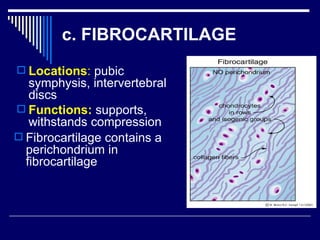
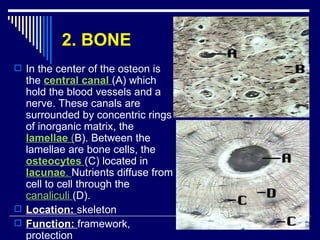

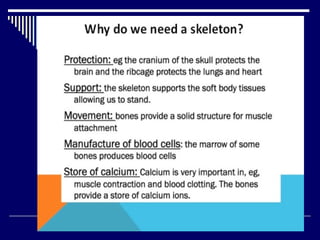



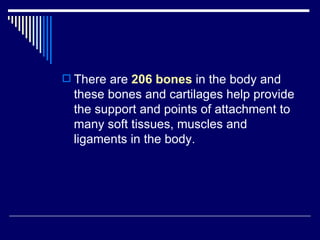


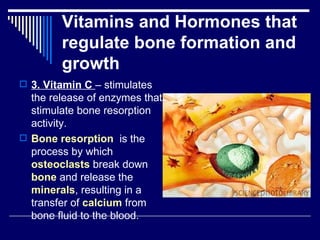
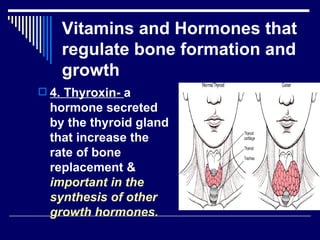
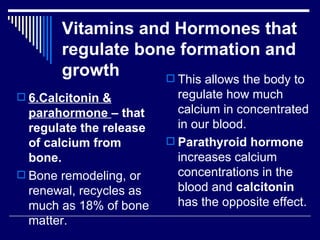
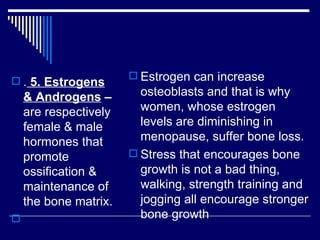

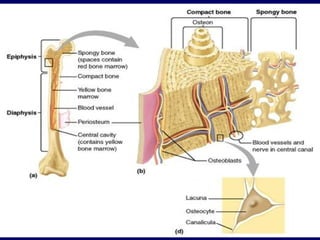
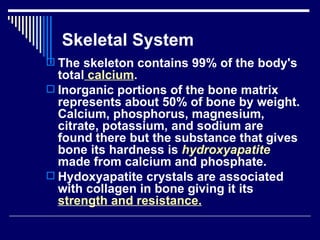

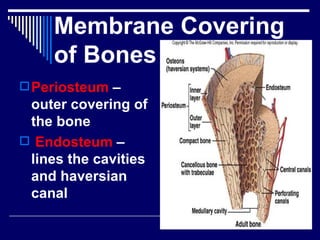
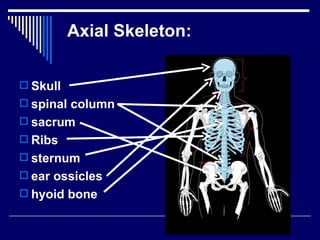
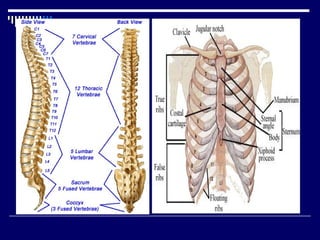
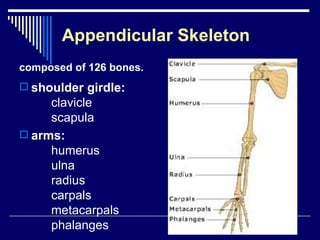
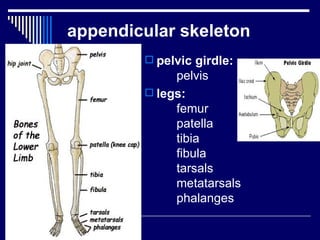

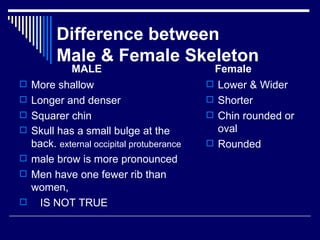


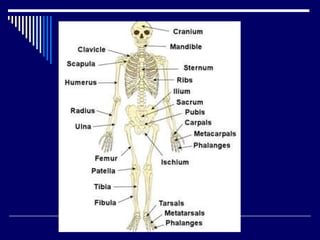

Ad
Recommended
Vmware v sphere-4-install-configure-manage-student-laboratory-exercises
Vmware v sphere-4-install-configure-manage-student-laboratory-exercisesvmnaveen
╠²
The document discusses the history and development of artificial intelligence over the past 70 years. It outlines some of the key milestones in AI research including the creation of logic theories, machine learning algorithms, and neural networks. Recent advances in deep learning now allow AI systems to perform complex tasks like image recognition and natural language processing.Chapter 6.connective tissue 2
Chapter 6.connective tissue 2Sheryl De Villa
╠²
This document provides an overview of the skeletal system and connective tissues. It describes the main types of connective tissues including loose connective tissue (areolar, reticular, adipose, elastic), dense connective tissue (regular and irregular), and supportive connective tissue (cartilage and bone). It details the cells, fibers and locations of each type of tissue. It also outlines the different types of cartilage, components and classification of bones, and main structures of the axial and appendicular skeleton.Chapter 5 epith
Chapter 5 epithSheryl De Villa
╠²
Epithelial tissue covers surfaces and lines cavities throughout the body. There are three main types - covering/lining epithelium, glandular epithelium, and sensory epithelium. Epithelial cells are closely packed, rest on a basement membrane, and lack blood vessels. They are classified based on cell shape (squamous, cuboidal, columnar), number of cell layers (simple or stratified), and surface features like microvilli. Common simple epithelia include squamous, cuboidal and columnar found in skin, kidneys, and digestive tract. Stratified epithelia have multiple layers and are found in skin, mouth, and vagina. Glandular epithelia are specialized to secrete substances eitherSection ii Chap 1 Chemistry of LIfe
Section ii Chap 1 Chemistry of LIfeSheryl De Villa
╠²
The document summarizes the basic chemistry concepts of life including composition of organic and inorganic substances in the body, elements and minerals, water, organic molecules like hydrocarbons, carbohydrates, proteins, lipids, nucleic acids. It describes the structures, functions and examples of these biomolecules. The key topics covered are the four major macromolecules that make up all living things - carbohydrates, lipids, proteins and nucleic acids.Chapter 2 Cell
Chapter 2 CellSheryl De Villa
╠²
The document summarizes the history and components of cells. It describes how early scientists like Van Leeuwenhoek, Hooke and Brown discovered cells and cell structures using microscopes. It then outlines the cell theory developed by Rudolf Virchow stating that cells are the basic unit of structure and function and that new cells are produced from existing cells. The summary then provides details on the generalized functions of cells and describes the structures and functions of key animal and plant cell organelles such as the nucleus, mitochondria, chloroplasts and cell membrane.Walker elizabeth pw_c_enrichment_experiences-1
Walker elizabeth pw_c_enrichment_experiences-1Liz Walker
╠²
The International Intern Experience or USLT Shadow internship opportunities provide additional insight into PwC's culture and people. Selected interns will spend one week with a PwC member in their home office on the market designated start dates and attend local training with their intern peer group. All travel arrangements and housing will be paid by PwC. Wow project
Wow projectLiz Walker
╠²
This document provides an overview of the Parelli Natural Horsemanship program. It describes the program's focus on building trust and communication between horses and humans through a set of "Seven Games" without force or intimidation. It outlines the four levels of training - On Line, At Liberty, Freestyle, and Finesse. Key principles of the program emphasize mutual responsibility and understanding between horses and humans. The document also describes learning materials, support resources, and pathways for participants to progress in the program and potentially become instructors.Chapter 3 cell division
Chapter 3 cell divisionSheryl De Villa
╠²
The document summarizes cell division and the two main types: mitosis and meiosis. Mitosis produces two identical daughter cells and is used for growth, repair, and replacement of somatic cells. It involves the phases of interphase, prophase, metaphase, anaphase, telophase, and cytokinesis. Meiosis produces four non-identical gamete cells through two rounds of division and is involved in sexual reproduction.Section ii chap 1 Chemistry of Life
Section ii chap 1 Chemistry of LifeSheryl De Villa
╠²
The document summarizes key concepts in cytology and chemistry of life. It discusses the composition of organic and inorganic substances in the body. It then outlines the main naturally occurring elements in the human body, including oxygen, carbon, hydrogen, nitrogen and others. It also summarizes the main macrominerals and trace elements found in the body and their functions.Force feeding
Force feedingMohammed Abo Gabal
╠²
The document examines the effects of force feeding on the productive and physiological traits of Muscovy ducks in hot climates, particularly in Egypt. It outlines a study conducted to assess growth performance, body weight, feed consumption, and blood analysis during different feeding periods. The findings indicate significant variations in body weight and gain between male and female ducks and the impact of force feeding on these traits.Chapter 7 & 14
Chapter 7 & 14Sheryl De Villa
╠²
The document summarizes key aspects of blood and the circulatory system in 3 paragraphs or less:
Blood contains red blood cells, white blood cells, platelets, and plasma. Red blood cells carry oxygen and carbon dioxide, while white blood cells help fight infection. Platelets help the blood clot to stop bleeding from cuts or wounds.
The circulatory system is made up of the heart, arteries, veins, and capillaries. Oxygenated blood is pumped from the heart through arteries, then into capillaries to supply cells before returning to the heart as deoxygenated blood via veins. The double circulatory system separates oxygenated and deoxygenated blood flows.
When blood vesselsLab 1 the human body
Lab 1 the human bodySheryl De Villa
╠²
The document provides an overview of anatomy and physiology, describing their relationship and key areas of focus. It discusses the different levels of structural organization in the body from atoms to organ systems. Homeostasis and factors that maintain the stable internal environment are also summarized. The main body cavities and regions are defined, including the dorsal, ventral, thoracic and abdominopelvic cavities. Direction terms and anatomical planes are also introduced.Pananaliksik2
Pananaliksik2Sheryl De Villa
╠²
Ang dokumento ay tumatalakay sa kahalagahan ng pananaliksik sa iba't ibang tao at larangan, na nagbibigay ng benepisyo sa pag-unlad ng kaalaman at sulusyon sa mga suliranin. Isinasalaysay din dito ang mga kinakailangang hakbang sa paggawa ng pananaliksik tulad ng pagbuo ng paksa, pangangalap ng datos, at pagsusuri ng impormasyon. Kasama rin ang mga pamamaraan at kabanata ng isang pananaliksik na dapat sundin upang tiyakin ang kalidad at katumpakan ng isinagawang pag-aaral.Chap4 cellular transport 3
Chap4 cellular transport 3Sheryl De Villa
╠²
This document summarizes different types of cellular transport mechanisms. It describes passive transport mechanisms like diffusion and osmosis which move molecules from high to low concentration without energy expenditure. Active transport requires energy and moves molecules against their concentration gradient. Bulk transport involves cells engulfing large particles or liquids through phagocytosis and pinocytosis respectively. The document also discusses how cells are affected by their surrounding environment, undergoing cytolysis in hypotonic solutions, plasmolysis in hypertonic solutions, and maintaining their shape in isotonic solutions.Final presentation
Final presentationSheryl De Villa
╠²
This document discusses the differences between love and infatuation. It begins by providing context that love is difficult to define but is essential to human existence. It then explores related literature on defining infatuation and describing frameworks for understanding love. The body compares key differences between love and infatuation, such as love looking at compatibility while infatuation focuses on superficial traits, and love bringing out the best in people while infatuation can be destructive. It concludes by summarizing the key differences in a table.Feed restriction on broiler performance
Feed restriction on broiler performanceMohammed Abo Gabal
╠²
This study evaluated the effects of early heat acclimation (EHA), and different periods of feed restriction (FR) on broiler performance under chronic heat stress. 480 broiler chicks were subjected to control, EHA, or FR for 4 or 6 hours daily from days 8-14, 8-21, or 8-28. Results showed that EHA and longer FR periods improved body weight, weight gain, and feed conversion compared to control, with FR from 8-28 days performing best. Mortality rate was lowest in birds subjected to EHA and longer FR. In conclusion, EHA and feed restriction can help mitigate the negative impacts of heat stress on broiler growth and welfare.Biological science
Biological scienceSheryl De Villa
╠²
The document discusses several key topics related to biology:
1. It outlines various divisions and subfields of biology including cytology, histology, anatomy, physiology, morphology, genetics, embryology, paleontology, evolution, ecology, and taxonomy.
2. It also discusses subfields related to zoology like carcinology, conchology, entomology, and others focused on specific animal groups.
3. Theories on the origin of life are presented, including divine creation, spontaneous generation, marine life, panspermia, and Oparin's physico-chemical theory of chemical evolution from natural reactions on the early Earth.More Related Content
Viewers also liked (10)
Chapter 3 cell division
Chapter 3 cell divisionSheryl De Villa
╠²
The document summarizes cell division and the two main types: mitosis and meiosis. Mitosis produces two identical daughter cells and is used for growth, repair, and replacement of somatic cells. It involves the phases of interphase, prophase, metaphase, anaphase, telophase, and cytokinesis. Meiosis produces four non-identical gamete cells through two rounds of division and is involved in sexual reproduction.Section ii chap 1 Chemistry of Life
Section ii chap 1 Chemistry of LifeSheryl De Villa
╠²
The document summarizes key concepts in cytology and chemistry of life. It discusses the composition of organic and inorganic substances in the body. It then outlines the main naturally occurring elements in the human body, including oxygen, carbon, hydrogen, nitrogen and others. It also summarizes the main macrominerals and trace elements found in the body and their functions.Force feeding
Force feedingMohammed Abo Gabal
╠²
The document examines the effects of force feeding on the productive and physiological traits of Muscovy ducks in hot climates, particularly in Egypt. It outlines a study conducted to assess growth performance, body weight, feed consumption, and blood analysis during different feeding periods. The findings indicate significant variations in body weight and gain between male and female ducks and the impact of force feeding on these traits.Chapter 7 & 14
Chapter 7 & 14Sheryl De Villa
╠²
The document summarizes key aspects of blood and the circulatory system in 3 paragraphs or less:
Blood contains red blood cells, white blood cells, platelets, and plasma. Red blood cells carry oxygen and carbon dioxide, while white blood cells help fight infection. Platelets help the blood clot to stop bleeding from cuts or wounds.
The circulatory system is made up of the heart, arteries, veins, and capillaries. Oxygenated blood is pumped from the heart through arteries, then into capillaries to supply cells before returning to the heart as deoxygenated blood via veins. The double circulatory system separates oxygenated and deoxygenated blood flows.
When blood vesselsLab 1 the human body
Lab 1 the human bodySheryl De Villa
╠²
The document provides an overview of anatomy and physiology, describing their relationship and key areas of focus. It discusses the different levels of structural organization in the body from atoms to organ systems. Homeostasis and factors that maintain the stable internal environment are also summarized. The main body cavities and regions are defined, including the dorsal, ventral, thoracic and abdominopelvic cavities. Direction terms and anatomical planes are also introduced.Pananaliksik2
Pananaliksik2Sheryl De Villa
╠²
Ang dokumento ay tumatalakay sa kahalagahan ng pananaliksik sa iba't ibang tao at larangan, na nagbibigay ng benepisyo sa pag-unlad ng kaalaman at sulusyon sa mga suliranin. Isinasalaysay din dito ang mga kinakailangang hakbang sa paggawa ng pananaliksik tulad ng pagbuo ng paksa, pangangalap ng datos, at pagsusuri ng impormasyon. Kasama rin ang mga pamamaraan at kabanata ng isang pananaliksik na dapat sundin upang tiyakin ang kalidad at katumpakan ng isinagawang pag-aaral.Chap4 cellular transport 3
Chap4 cellular transport 3Sheryl De Villa
╠²
This document summarizes different types of cellular transport mechanisms. It describes passive transport mechanisms like diffusion and osmosis which move molecules from high to low concentration without energy expenditure. Active transport requires energy and moves molecules against their concentration gradient. Bulk transport involves cells engulfing large particles or liquids through phagocytosis and pinocytosis respectively. The document also discusses how cells are affected by their surrounding environment, undergoing cytolysis in hypotonic solutions, plasmolysis in hypertonic solutions, and maintaining their shape in isotonic solutions.Final presentation
Final presentationSheryl De Villa
╠²
This document discusses the differences between love and infatuation. It begins by providing context that love is difficult to define but is essential to human existence. It then explores related literature on defining infatuation and describing frameworks for understanding love. The body compares key differences between love and infatuation, such as love looking at compatibility while infatuation focuses on superficial traits, and love bringing out the best in people while infatuation can be destructive. It concludes by summarizing the key differences in a table.Feed restriction on broiler performance
Feed restriction on broiler performanceMohammed Abo Gabal
╠²
This study evaluated the effects of early heat acclimation (EHA), and different periods of feed restriction (FR) on broiler performance under chronic heat stress. 480 broiler chicks were subjected to control, EHA, or FR for 4 or 6 hours daily from days 8-14, 8-21, or 8-28. Results showed that EHA and longer FR periods improved body weight, weight gain, and feed conversion compared to control, with FR from 8-28 days performing best. Mortality rate was lowest in birds subjected to EHA and longer FR. In conclusion, EHA and feed restriction can help mitigate the negative impacts of heat stress on broiler growth and welfare.Biological science
Biological scienceSheryl De Villa
╠²
The document discusses several key topics related to biology:
1. It outlines various divisions and subfields of biology including cytology, histology, anatomy, physiology, morphology, genetics, embryology, paleontology, evolution, ecology, and taxonomy.
2. It also discusses subfields related to zoology like carcinology, conchology, entomology, and others focused on specific animal groups.
3. Theories on the origin of life are presented, including divine creation, spontaneous generation, marine life, panspermia, and Oparin's physico-chemical theory of chemical evolution from natural reactions on the early Earth.